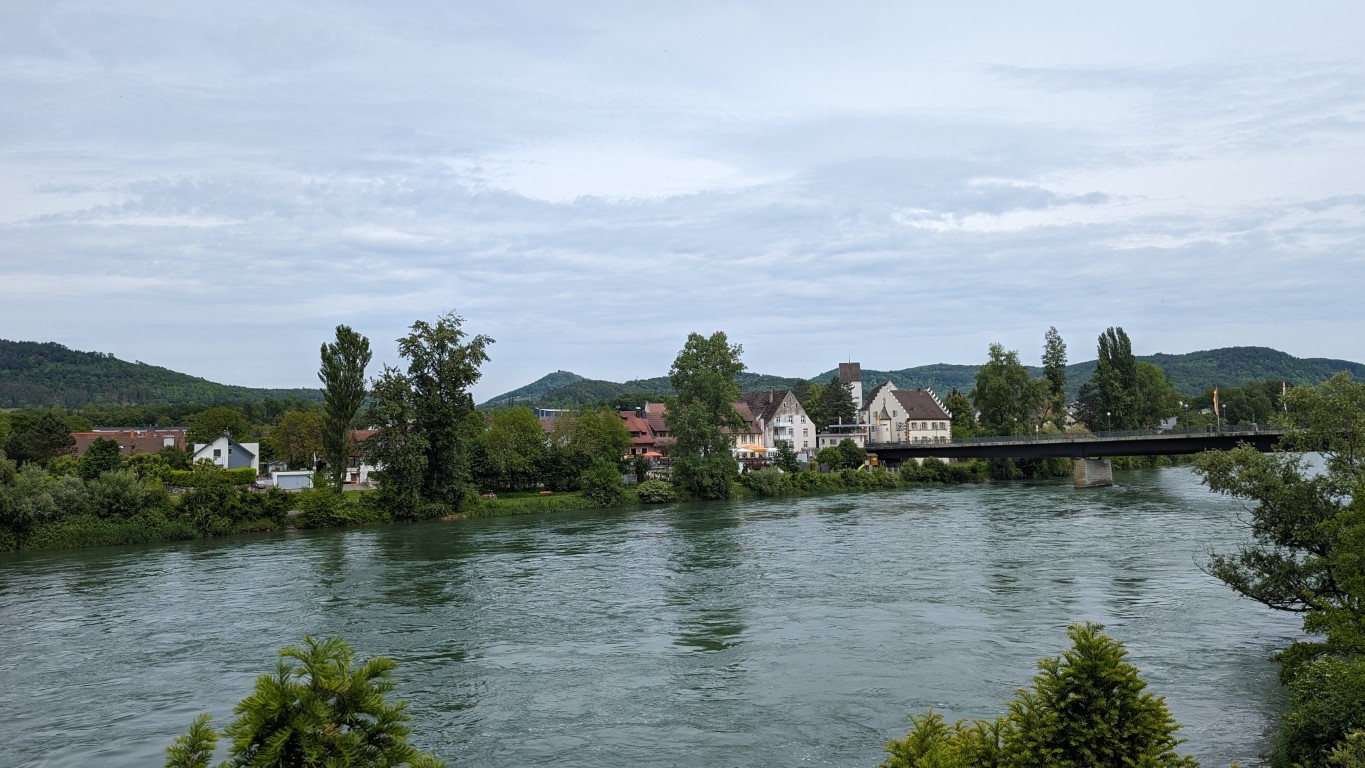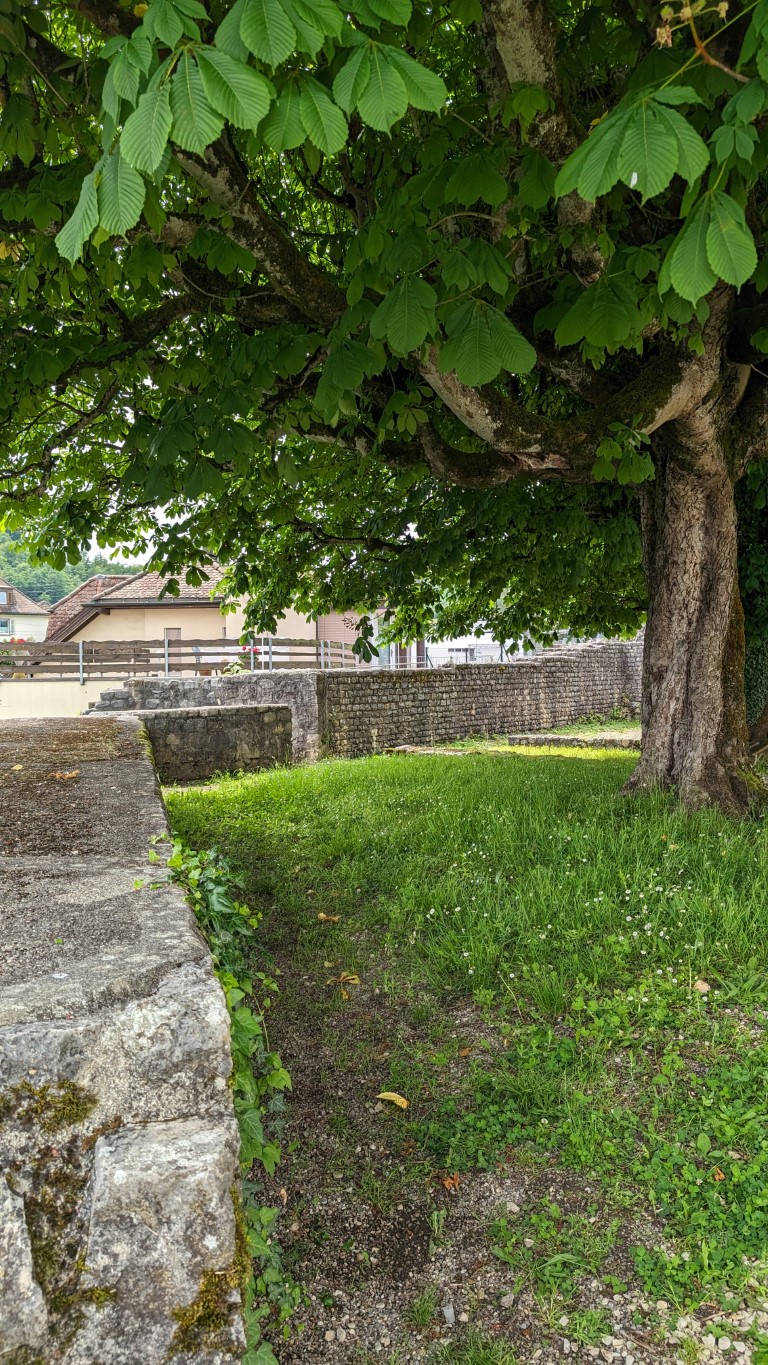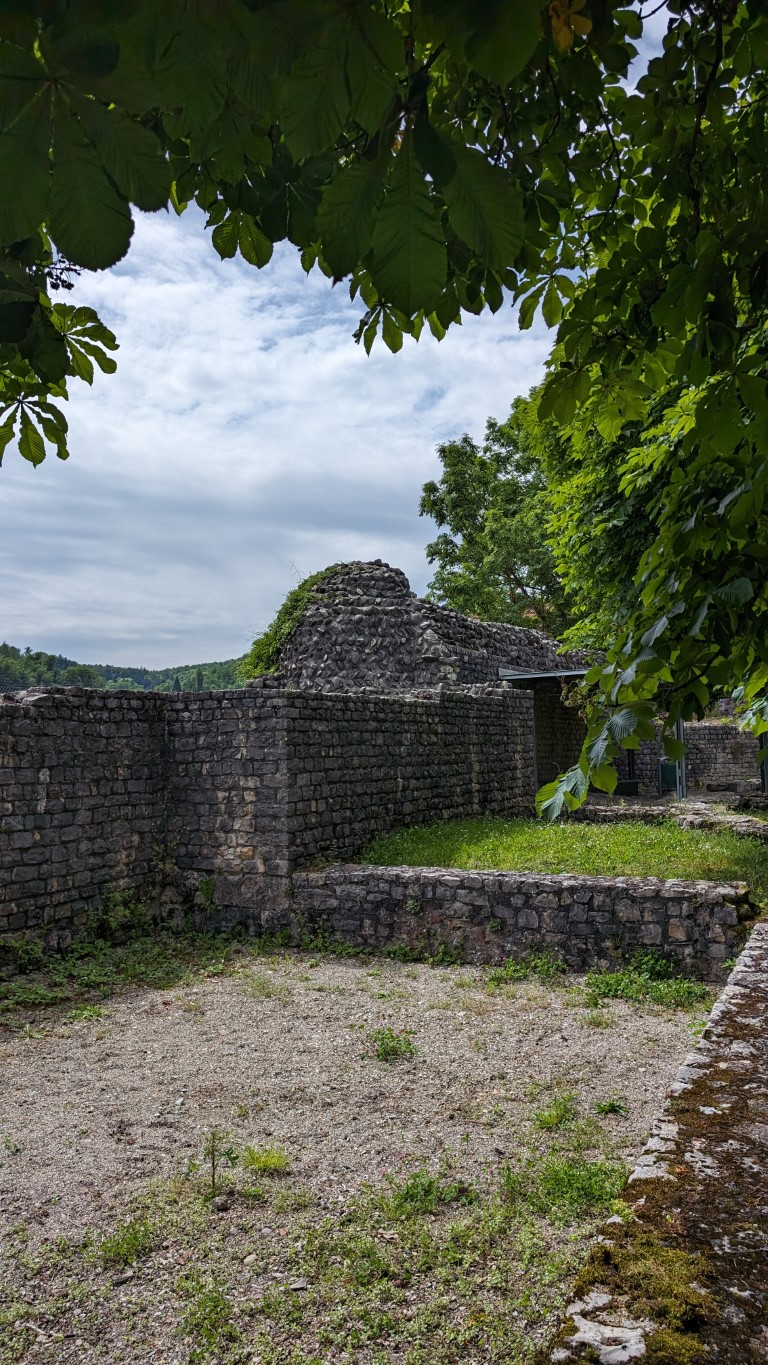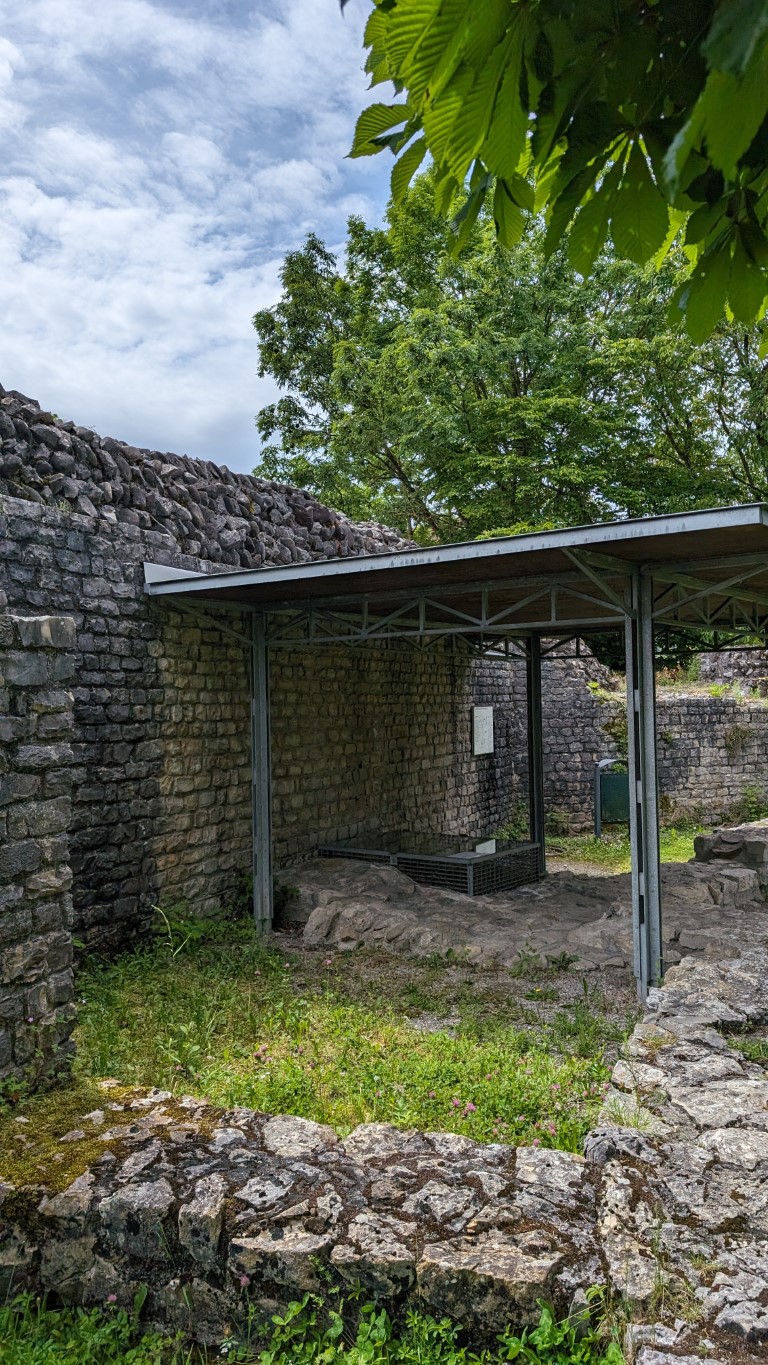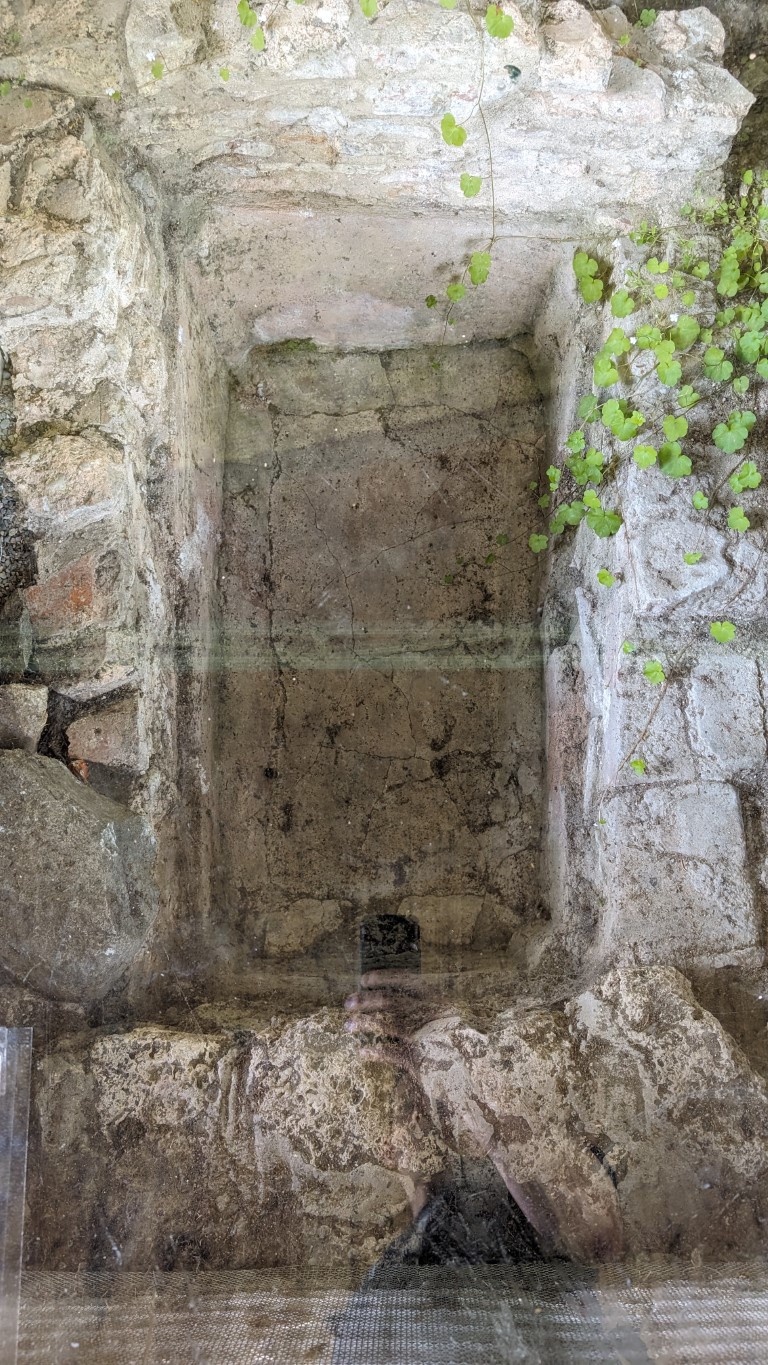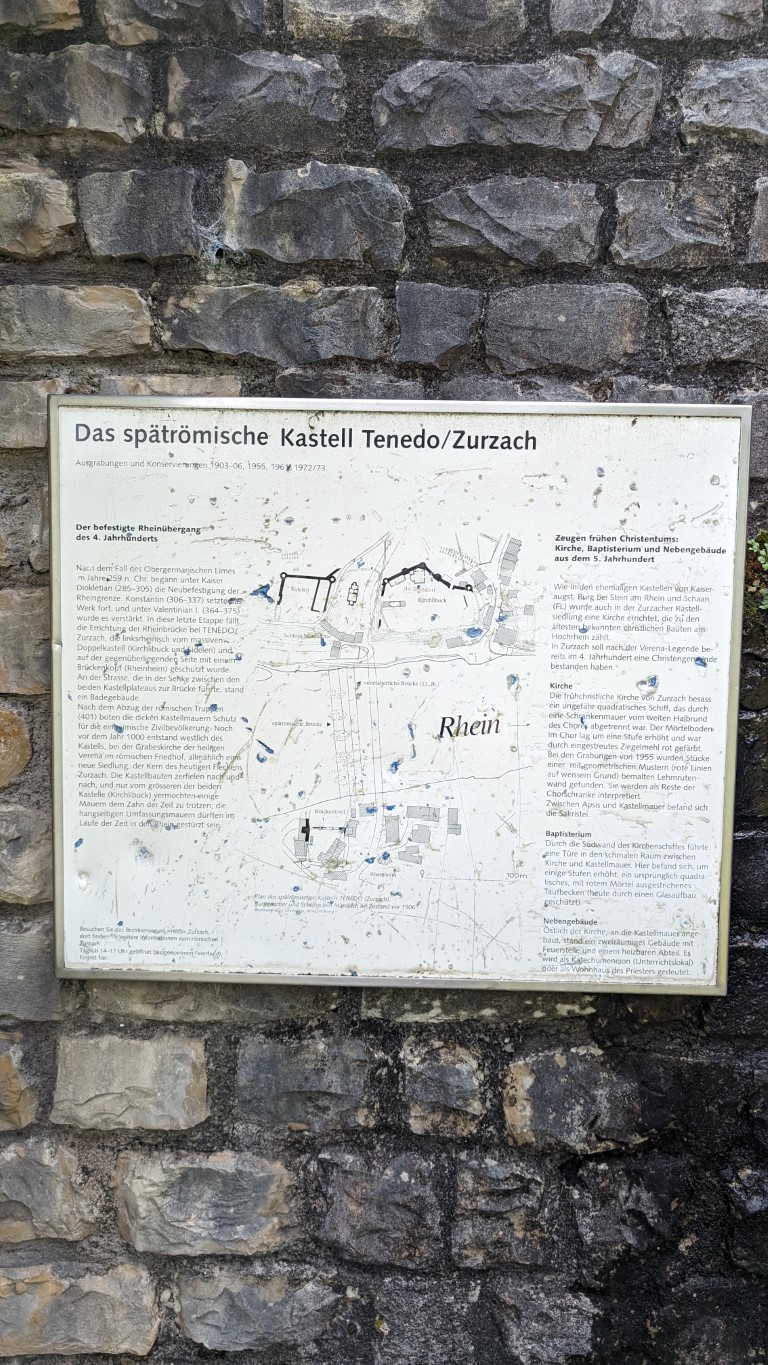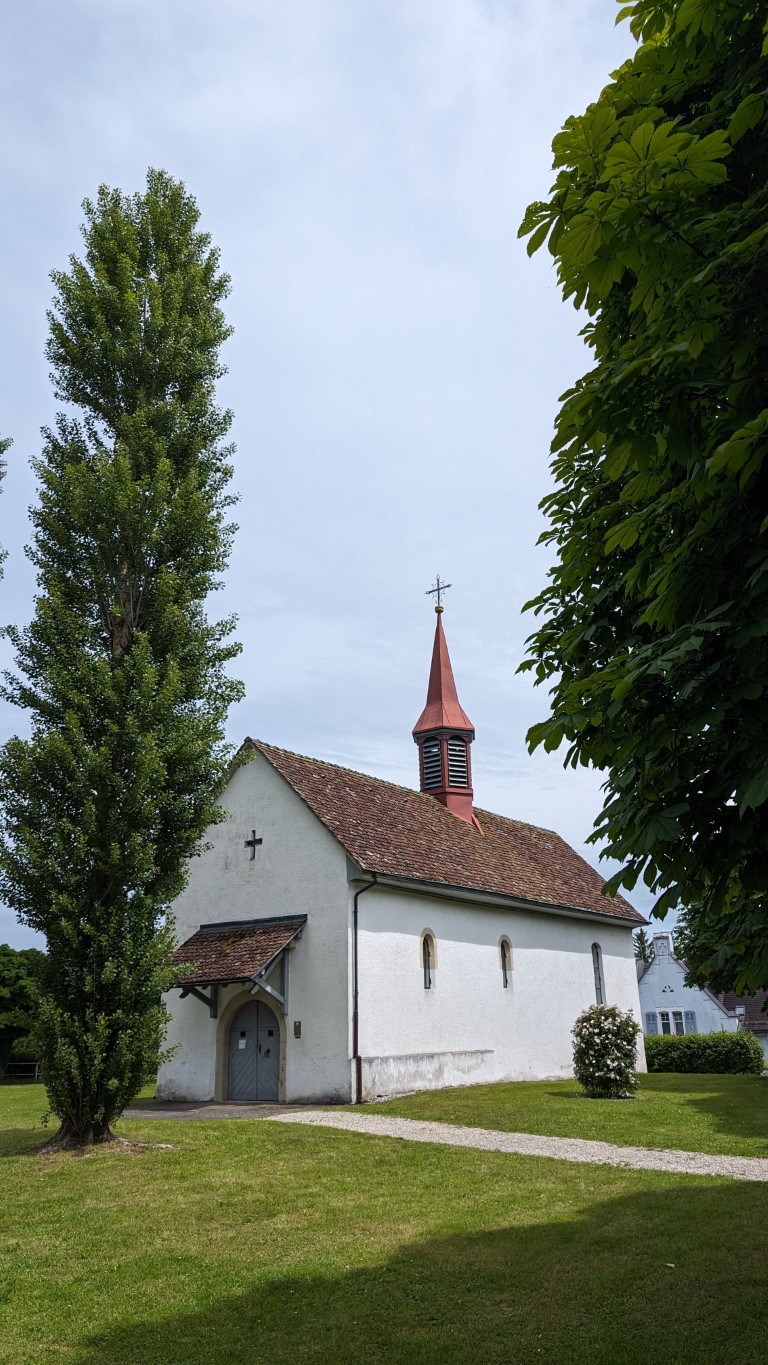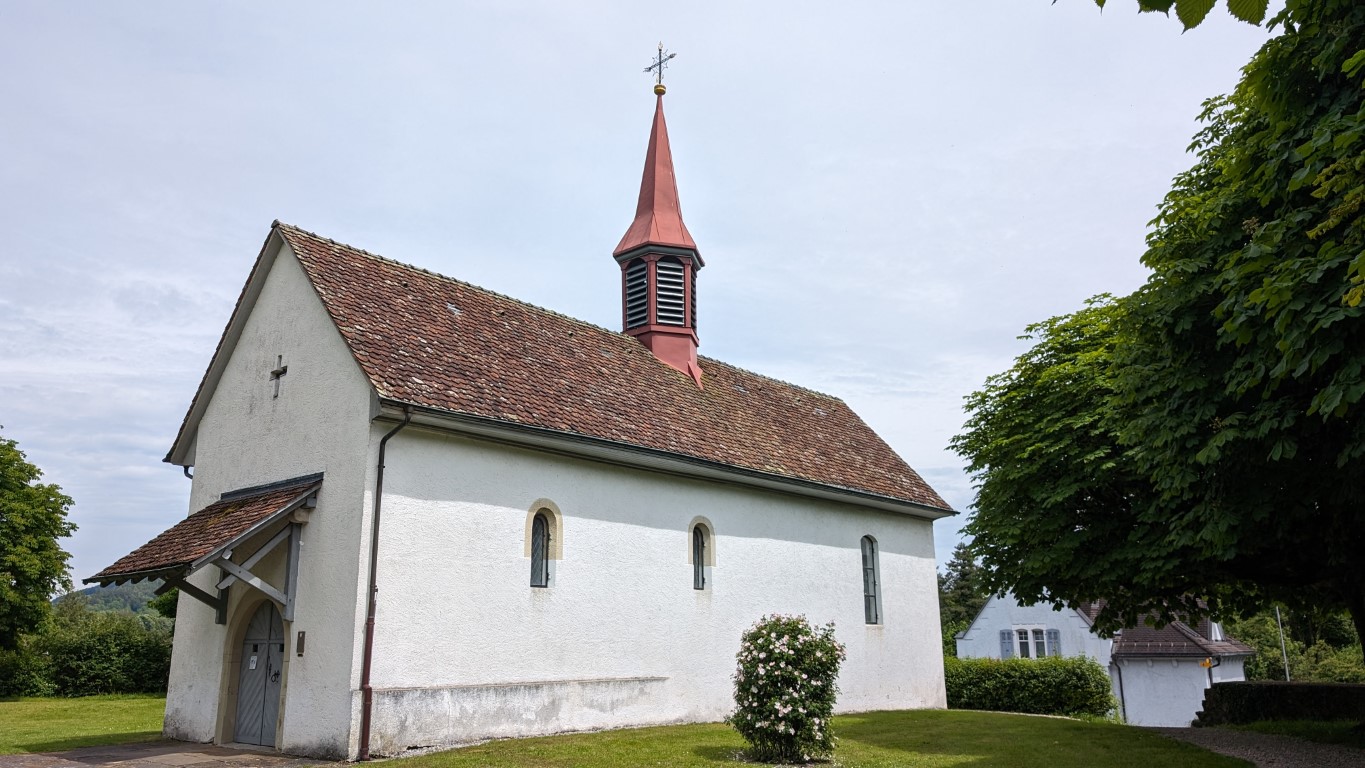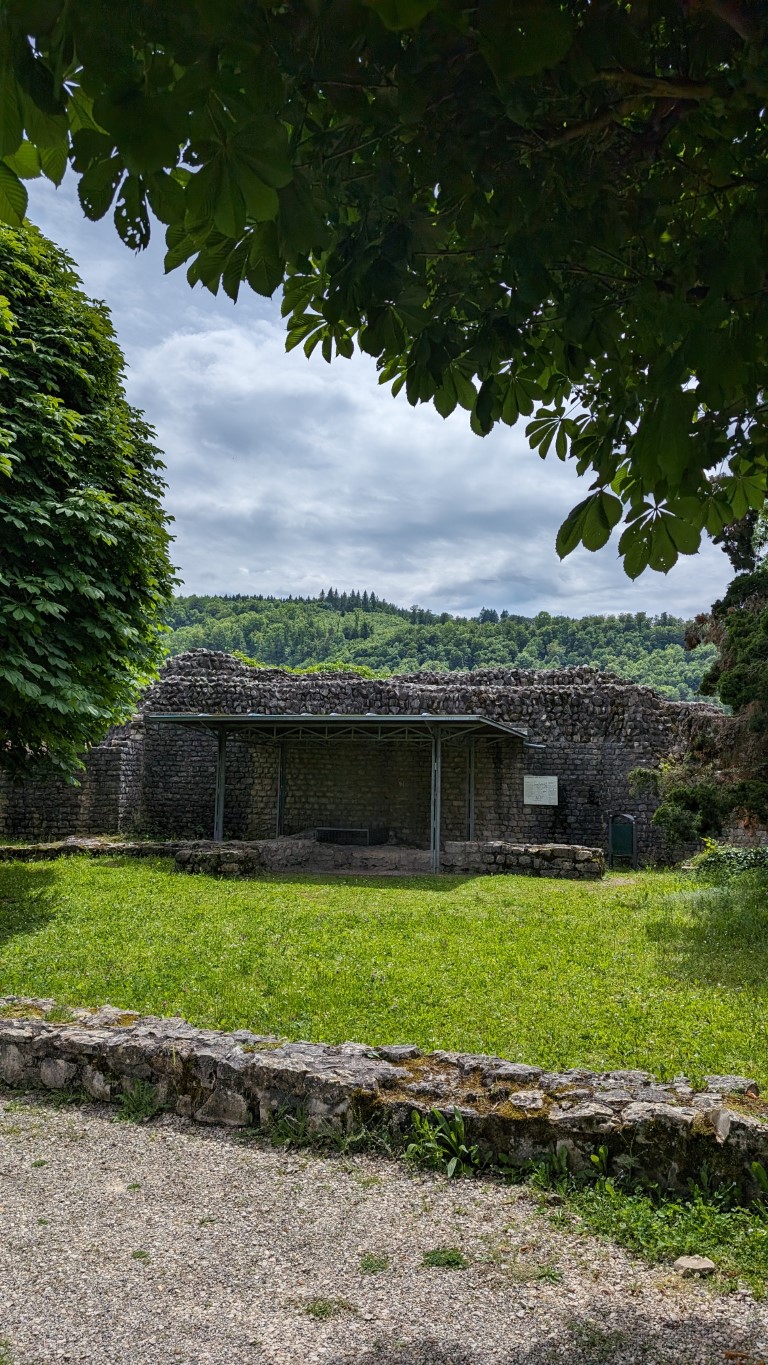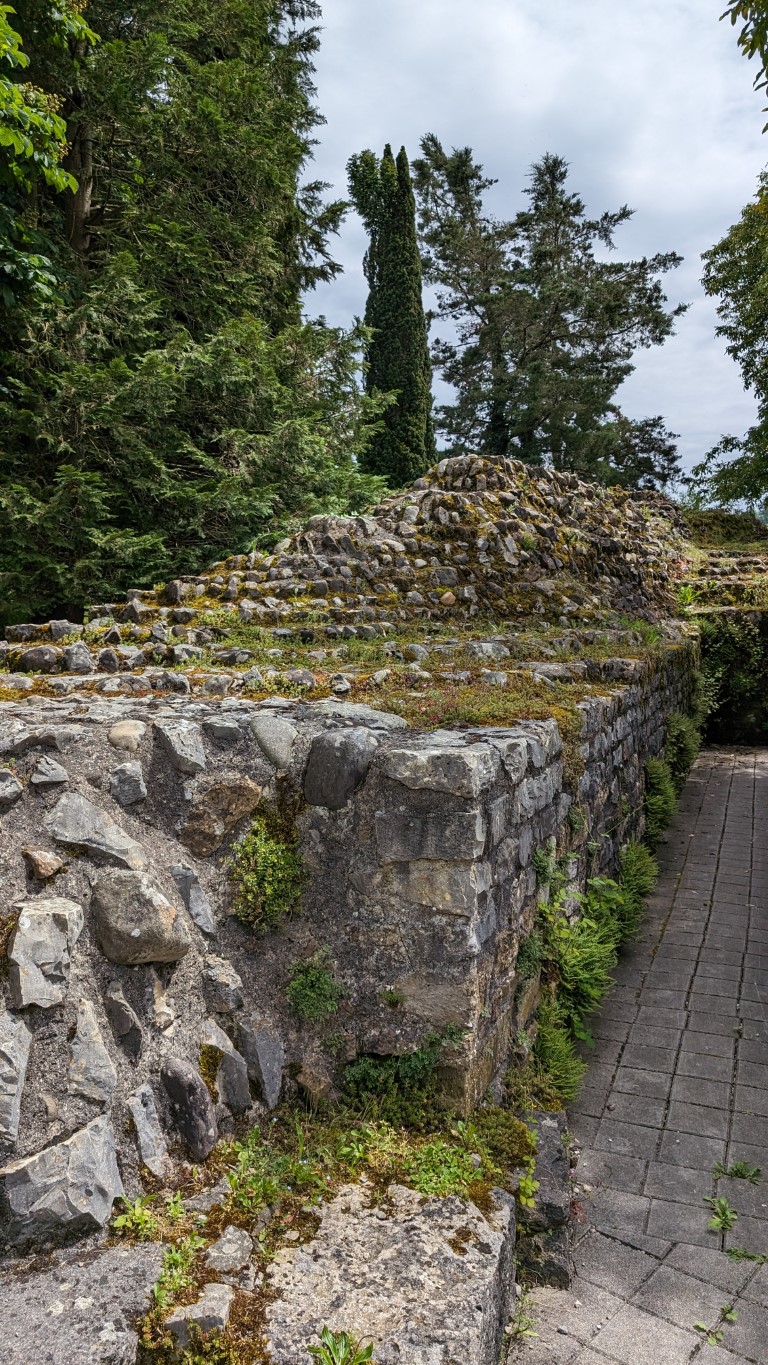The Roman fort of Zurzach, also known as Tenedo, now stands on the grounds of Zurzach Castle in the idyllic town of Bad Zurzach, Canton of Aargau, Switzerland. Strategically located, it oversaw the important road to the Danube and an important Rhine crossing.
As early as 400 BC, the Celtic oppidum Tenedo is believed to have been located at this Rhine crossing on the old highway from the Swiss Mittelland to the Danube. In the 1st century AD, the Romans built a fortification on the Kirchlibuck to monitor traffic. This structure served Rome to secure the imperial border (Limes) on the Upper Rhine. Not far from the legionary camp of Vindonissa (today's Windisch), a wood-earth fort was first built, which facilitated the construction of the first Rhine crossing. The fort opposite in Dangstetten was probably built earlier. After the occupation of the areas on the right bank of the Rhine, known as the Decumate Land, the fort was abandoned.
600 metres up the Rhine, also on the Kirchlibuck, you can find the remains of the walls of the later double fort built in the 4th century, as well as the foundations of an early Christian church with a baptistery from the 5th century. The Romans also used watchtowers to monitor the border, such as the Koblenz-Kleiner Laufen watchtower, the remains of which can still be seen along the Rhine today.
background
Individual finds from different eras provide only vague clues to the settlement history of the site. From the Neolithic period come flint artefacts, a stone saw and a double stool grave. Finds from the Middle Bronze Age include a pit with pieces of clay plaster from buildings, ceramic fragments and a sword from a destroyed inhumation grave. The Late Bronze Age is represented by three urn graves from around 1050 BC.
In 1986, a late Hallstatt settlement was discovered in “Uf Rainen”. To the left and right of today's main road was the Celtic/Helvetic burial ground of Mittskirchen (also called Mitts-Chilch), where six graves from the La Tène period (400-58 BC) were uncovered in 1924. This burial ground contains cremations and body burials that are dated to the 1st to 4th centuries. The grave goods in girl's grave no. 156 are particularly noteworthy: a finger kunkel made of bone material that shows the Venus pudicitia and can be dated to the 4th century, which corresponds to the alleged lifespan of Saint Verena. The eight known graves from the 4th century BC are not very informative.
Remains of the Roman bridges over the Rhine, which were observed by the Zurich archaeologist Ferdinand Keller around 1860, have also been preserved. A major archaeological excavation took place between 1983 and 1987. To the north of this, a vicus and three early Roman forts were discovered in 1983 during construction work for the new northern bypass. The finds from these excavations are on display in the Höfli Museum. No Roman inscriptions from the 1st century have been uncovered there to date.
Access
The castle is freely accessible.


